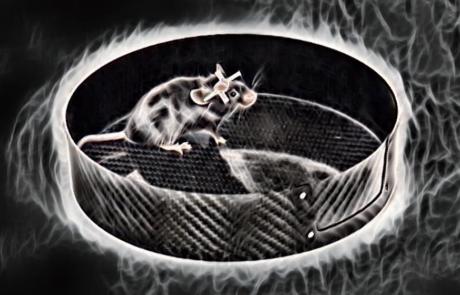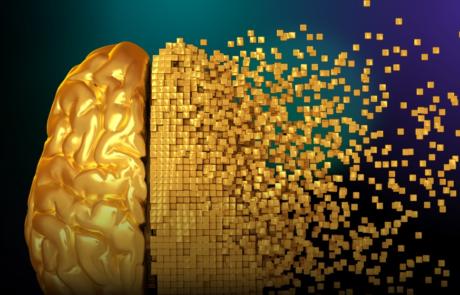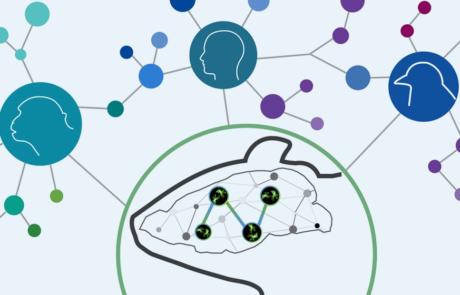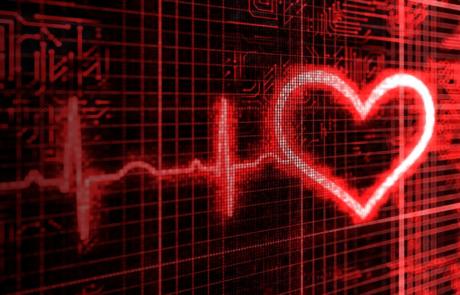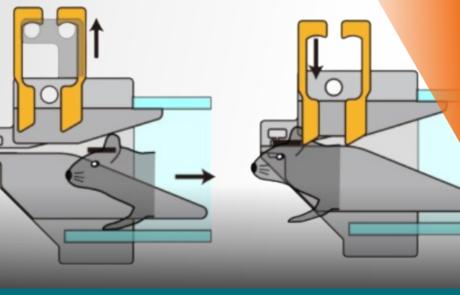Explore Animal Behavior Webinars
Explore Animal Behavior Webinars
Research Technology & Innovation Summits
Webinar Series
March - April 2022
On-Demand
The 2022 InsideScientific Research Technology & Innovation Summits focus on specific research and therapeutic areas, reviewing how novel technologies and innovative services are advancing discovery in each particular field.
Approaches to Studying Neuronal Signaling in the Brain of Awake Behaving Mice
Tuesday, December 14, 2021
Sponsor: Neurotar
In this Mandarin-language webinar, Dr. Freddy Yan discusses head-fixed and head-mounted approaches to recording neuronal activity in awake, behaving mice.
Electrophysiology of Human Native Receptors in Neurological and Mental Disorders
Wednesday, December 8, 2021
Sponsors: Harvard Bioscience, Inc., Multi Channel Systems MCS GmbH
Dr. Agenor Limon presents research integrating functional metrics with large anatomical, transcriptomic, and proteomic datasets to evaluate the relationship between synaptic E/I ratio and behavioral abnormalities across postmortem intervals and brain banks.
AcuiSee – Rodent Visual Acuity Using Behavioral Conditioning
Wednesday, November 17, 2021
Webinar Host: Striatech
Dr. Jeff Jamison presented on the connection between operant conditioning and studying vision in small animals, and how visual acuity tasks can form the basis for various research models, including toxicology and pharmacological testing.
Simultaneous Multi-Region Neuronal Calcium Imaging in Freely Behaving Subjects
Tuesday, October 26, 2021
Sponsor: Neurescence Inc.
Dr. Yasaman Soudagar and Dr. Roshni Christo demonstrate how to use calcium imaging in up to 4 implanted areas of the brain of freely behaving mice to map out neuronal circuits and identify changes that take place under different disease conditions and behavior mechanisms.
Quantifying Cardiovascular and Behavioral Correlates of Fear in Mice: Implications for PTSD and Cardiovascular Disease Risk
Wednesday, September 22, 2021
Sponsors: Data Sciences International, Harvard Bioscience, Inc., Coulbourn Instruments
Dr. Paul Marvar and Benjamin Turley present research pairing behavioral and cardiovascular responses to cued fear learning and demonstrate how fear-based disorders (such as PTSD) can contribute to cardiovascular disease risk.
Sensorimotor Network Development During Early Postnatal Life in the Awake and Sleeping Brain
Thursday, September 2, 2021
Sponsor: Neurotar
Dr. Anna Cavaccini and Dr. James Dooley share insights into the development of rodent sensorimotor neuronal circuits during early postnatal life.
Improving Sleep to Slow the Progression of Alzheimer’s Disease
Thursday, August 5, 2021
Sponsors: Data Sciences International, Harvard Bioscience, Inc.
Join Rohan Jagirdar, PhD as he discusses his research on EEG activity in a mouse model of Alzheimer’s disease to determine the effects of improved sleep on disease progression.
EEG Monitoring Approaches to Predict Learning and Memory Changes in Early Alzheimer’s Disease
Wednesday, July 21, 2021
Sponsors: Harvard Bioscience, Inc., Data Sciences International
Dr. Fiona Harrison discusses how dietary deficiency and exposure to toxins can impact glutamate uptake and clearance, and the subsequent changes in neural signaling can be detected through altered EEG activity and performance on learning and memory tasks.
Sex, Drugs, and Bad Choices: Modeling Human Decision Making in Rats
Wednesday, May 26, 2021
Sponsors: Coulbourn Instruments, Harvard Bioscience, Inc., Panlab S.L.U.
Join Dr. Barry Setlow as he discusses the behavioral and biological mechanisms of cost-benefit decision making in rodent models, with a focus on how substance use can affect variability and long-term consequences in decision making.
Self Head Fixation Training for the Study of Perceptual Decisions in Mice
Tuesday, May 25, 2021
Sponsor: Amuza Inc
In this webinar, Andrea Benucci, PhD discusses a setup developed in his laboratory for high-throughput behavioral training of mice based on voluntary head fixation.
Cellular Mechanisms Behind Alcohol Abuse and Binge Drinking Behavior
Wednesday, May 5, 2021
Sponsors: Harvard Bioscience, Inc., HEKA Elektronik GmbH
Dr. Gilles Martin discusses the cellular basis and reward pathways behind binge drinking behavior and alcohol abuse in rodent models.

